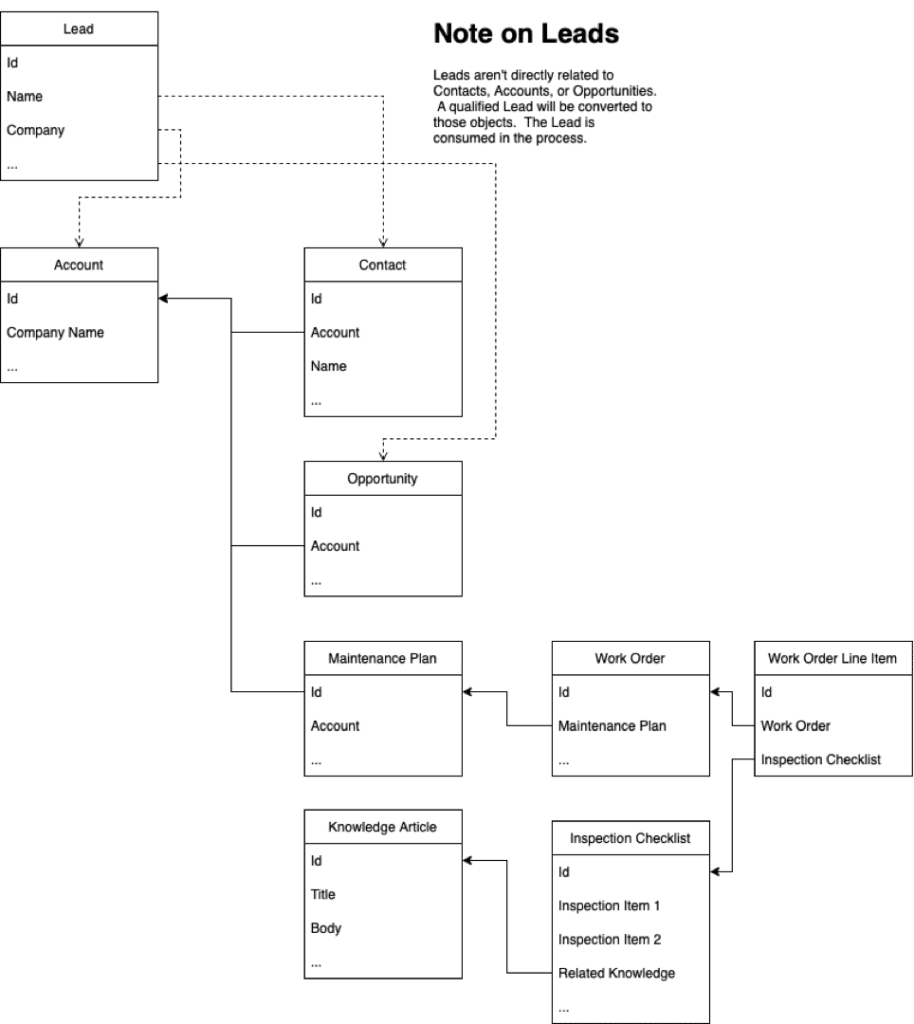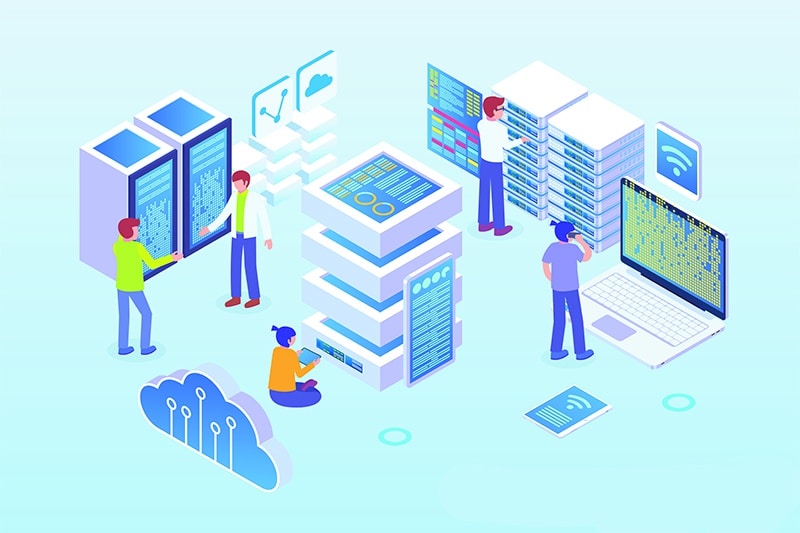Questions popup all the time about what to do when you’re overwhelmed at a startup. There’s no project management, everything is an emergency, there’s no detail on any requests, and there’s no time to ask questions. It’s awful to be a part of, and it feels like things are out of control. Often times though, things are out of control, but they don’t have to be. I’ve had a few adventures with startups, and it turns out that most of the time things are out of control because people don’t understand how to push back and how to take command. This article describes my process, and was a response to another Salesforce Admin who felt overwhelmed and posted about it online. I hope it helps you if you’re in the same place as he.
1. Find a Friend
Find someone you can talk to, who understands you, even if they don’t understand the problem. This person is your opportunity to not only get your frustrations off your chest, but also to practice communicating issues effectively and in a way that lay persons can understand.
Focus on 3 points:
- Without placing blame, what is the problem?
- What is the impact on the business? Think dollars, risk, and scalability.
- How do we fix it, and what is the cost to do so?
You can do this.
2. Document Requests
Start using a project management tool. Jira and Asana are free for up to 10/15 users on a team, I believe. Creating tickets for every request sucks, but what’s worse is doing 50 hours of work and only being able to account for 30 hours of it. Asana is easy so I’d probably start there. It also integrates with Slack so you can convert a message directly to a ticket and notifies them automatically when the ticket is completed.
You can do this.
3. Don’t Determine Priority by Yourself
Startups are rife with manufactured urgency. I was once told by a C-level that I would be replaced by someone from Fivver if I didn’t produce a chatbot within 3 business days. It took 8 months and half-a-million dollars for the contractors to build the bot, which I later built for a hack-a-thon in 12 hours. I outlasted her.
Learn how to tell people “no”. When most people tell you the deadline is tonight or tomorrow, what they really mean is that they have other priorities which would prevent them from looking at it until then. That doesn’t mean it actually has to be completed at that point.
If for some strange reason it does need to be, then you should ask them to tell you what of your active projects should now be deprioritized to make room for it.
If they have no active projects to deprioritize, point them toward the owner of your current working projects and ask them to negotiate between themselves. If they won’t do that, then it’s clearly not a priority.
In my experience, 95% of these scenarios take care of themselves by this point. Remember, you’re not the one responsible for assessing priorities between requests from other teams.
You can do this.
4. Plan With Stakeholders Around Weekly Capacity
By this point you should be well-versed on your own capacity. If not, it’ll come to you quickly as you take on projects which are more or less involved than you thought. Now you start hosting stand-ups with your primary request-givers. Once per week for 15-30 minutes is a good place to start. Go through the backlog of tickets you haven’t completed, then ask about any new requests for the week, and ask them to prioritize them with you live. Once you hit 80% of your capacity for the week, stop. You need the extra 20% for ticket writing, breakfixes, misjudged capacity, and mental health.
Congratulations on your first capacity planning meeting.
You can do this.
5. Periodically Review Old, Open Requests
At 3 months, host a slightly longer session where you go through the backlog and review requests which are at least 2 months old and determine whether these project should be kept in the backlog or canceled.
Make sure to include a note on why canceled items were canceled. A number of them will be due to changes in business priorities. Those weren’t a high priority and now the business doesn’t care about them. Aren’t you glad you didn’t work through lunch on something no one cared about?
You can do this.
6. Build the Case for More Resources
Armed with this information about what you accomplished, what you couldn’t, and how quickly the backlog is growing, now is your first opportunity to plead your case for additional resourcing.
Use the skills you acquired speaking with your friend to outline the opportunity cost of those backlog items not being completed. Talk about the business risk of not completing compliance-oriented items. And talk about the optics of running a platform which the business may perceive as slow to iterate on because of a lack of resourcing. I have met only one manager who didn’t care about the latter, and I am now happily eating his lunch.
Congratulations on your first resourcing negotiation. You may not get more resources, but if you have gotten this far, you should be far less overwhelmed.
You can do this.
7. Plan Ahead With Your Business Partners
Now that you have a whole quarter of work documented, host a meeting with your big ticket givers to talk about their goals for the quarter. Now is your opportunity to level-set on what they want to do in the next 13 weeks, and to recommend specific approaches to business priorities. It also allows you to visualize the whole pipeline and work out dependencies in advance and prioritize that work ahead of the work that depends on it.
By this point you should hopefully be under-provisioned in part because you have a properly groomed pipeline and because you’re 3 months better at your job.
8. Don’t Be a Hero. Budget Your Time for the Future
Take on others’ additional work sparingly and instead focus tech debt. Compliance issues and workstream bottlenecks are good places to start. The former brings tangible value to the company, and the latter opens up additional capacity.
Keep pushing for additional resources and remember that managing someone still consumes your time. We’re trying to avoid a capacity trap again.
9. Have a Drink and Re-Evaluate
You did it. Things are under control and you learned about workplace boundaries and how to enforce them. Not only that, these are skills that companies value immensely and will pay for.
If you’re here at 4 months and you’ve done all of these things and nothing has changed, leave. They don’t deserve you, but rest assured they’ll notice you when you’re gone.










